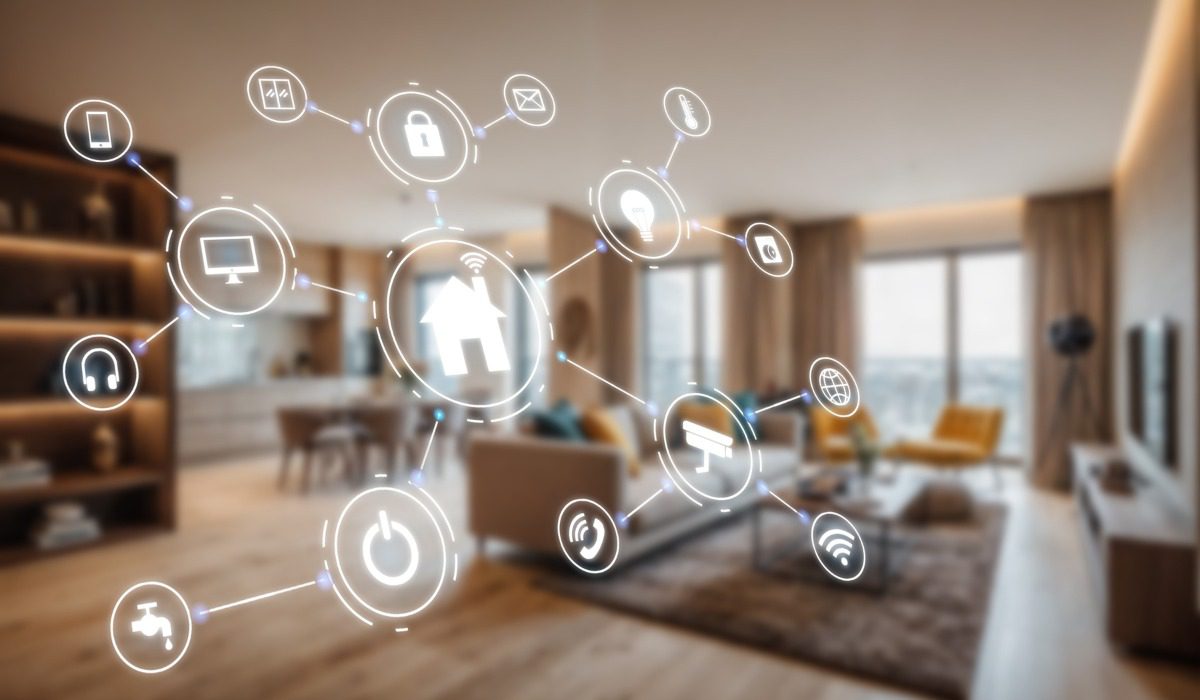
Smart homes are no longer a distant futuristic concept; they have become a reality many homeowners are embracing. From controlling your home’s temperature to securing your doors, smart home technology offers convenience, security, and efficiency. However, to avoid potential pitfalls, you need to understand a few critical aspects of smart home installation. In this post, we’ll share seven lifesaving tips to help you get started on the right foot with your smart home setup.
1. Understand Your Needs Before Buying
Before you purchase any smart home devices, take a step back and assess your needs. Do you want to automate your home’s lighting or secure your home with smart locks? Perhaps, you want the convenience of a smart kitchen appliance such as the Instant Pot Smart WiFi Pressure Cooker. Understanding your specific needs will guide you in selecting the right devices and avoid unnecessary spending.
💡 Recommended: “Instant Pot Smart WiFi Pressure Cooker”
2. Ensure Your Wi-Fi Network is Strong and Reliable
Your Wi-Fi network is the backbone of your smart home. Without it, your devices won’t function properly. Invest in a high-quality router like the TP-Link Archer AX50, which delivers strong and reliable Wi-Fi connections. If your home is large, consider a mesh Wi-Fi system like the Google Nest Wifi, which ensures strong signals in every corner of your house.
💡 Recommended: Google Nest Wifi
3. Pay Attention to Device Compatibility
Not all smart home devices are compatible with each other. Some work with Amazon Alexa, while others support Google Home or Apple HomeKit. Before purchasing any device, check if it’s compatible with your existing or planned smart home ecosystem. This will save you from the frustration of having a smart device that can’t communicate with the others.
💡 Recommended: Philips Hue White and Color Ambiance Starter Kit
4. Prioritize Security
Smart home devices, like any other internet-connected device, are susceptible to hacking. To protect your home, prioritize securing your smart home system. Change your devices’ default passwords and regularly update their firmware. Also, consider a smart home security system like the Ring Alarm Home Security System, which offers comprehensive protection for your home.
💡 Recommended: “Ring Alarm Home Security System”
5. Don’t Neglect the Importance of a Smart Home Hub
While many smart devices can work independently, a smart home hub like the Samsung SmartThings Hub can be a game changer. It allows you to control all your devices from a single app, providing a unified and streamlined smart home experience.
💡 Recommended: “Samsung SmartThings Hub”
6. Patience is Key
Setting up a smart home can be complex and time-consuming. Patience is key. Take your time to understand how each device works and how to integrate it into your smart home system. Start small, perhaps with a single room or a single type of device, and gradually expand your system.
💡 Recommended: Amazon Echo Dot
7. Plan for Future Expansion
When planning your smart home, consider your future needs. You may only need a few smart lights and a smart lock now, but later you might want to add a smart speaker or a smart thermostat. Make sure your Wi-Fi network can handle more devices and your chosen ecosystem supports a wide range of devices.
Setting up a smart home is an exciting journey that can transform your lifestyle. With these tips, you can avoid common pitfalls and create a smart home that meets your needs. Remember, the goal is to make your life easier and more convenient. So take your time, do your research, and most importantly, enjoy the process. Your smart home awaits!
Published on April 29, 2025
💡 Recommended: Amazon Echo Dot
👉 Related: 10 Genius Tips: Transform Your Space into a Smart Home Paradise
👉 Related: 5 Genius Ways to Transform Your Home into a Smart Haven
👉 Related: 10 Genius Hacks to Transform Your Home into a Smart Paradise
👉 Related: 5 Epic Mistakes You’re Making With Your Smart Home Setup
Leave a Reply